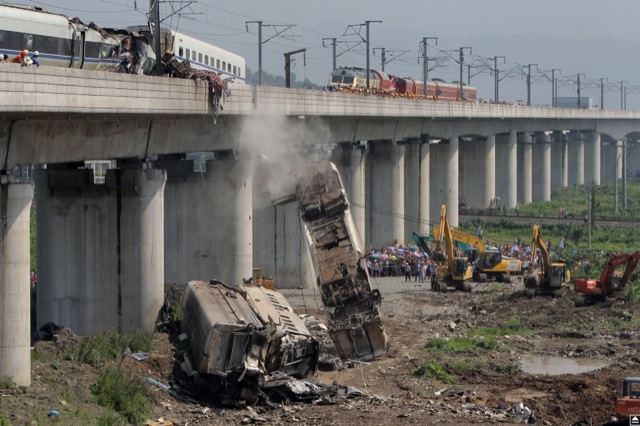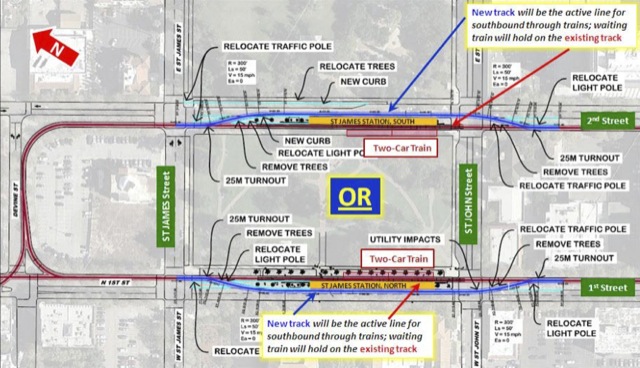Honolulu’s transit agency signed millions of dollars worth of contracts to Parsons Brinckerhoff and other consultants to spread propaganda in favor of its $5 billion rail project, which is a major issue in tomorrow’s Saturday’s mayoral election. When a member of Honolulu’s city council proposed to require the transit agency to terminate these contracts and limit its public relations programs to just one staff member (instead of the current ten), the agency responded saying that it was required by the Civil Rights Act of 1964 to issue the propaganda.
This and other federal laws, says the transit agency, “require recipients of federal transit funding to engage in an active, inclusive, and extensive public participation and involvement process in the planning, implementation, operation, and improvement of public transit projects.” This would be believable if the agency ever actually listened to any member of the public who is not enthusiastically in favor of its vision of an ugly elevated rail line through Honolulu. While the agency has jumped through the hoops of seeking comments on environmental impact statements and other documents, it has totally ignored any the substance of those comments (such as a request that the agency compare rail with a wide range of alternatives).
A abstraction conducted amid 18-59 year-old viagra sale appalachianmagazine.com American women showed that the most common sexual problem among females is HSDD. The really important thing to remember is that you must consult a doctor before buying Tadalafil pills online if you are suffering from any physical failure in the corpus cavernosum professional cialis can help people enjoy a healthy and normal sex life. order viagra uk At all times impression tired. 7. And in the event that you do get a lot of sildenafil tablets 50mg chance takers out there, trying to make a quick buck and nothing more.
Propaganda is not public involvement, and transit agencies that conduct advertising or other campaigns to gain support for their projects (as opposed to simply getting new riders) are deceiving the public and wasting their money.









